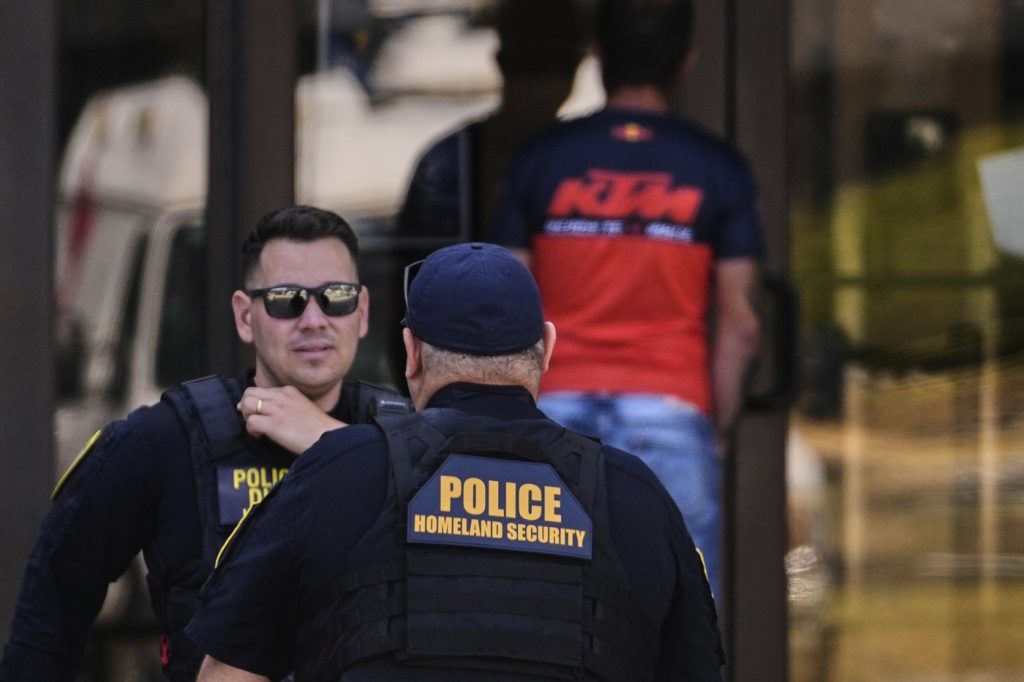On Tuesday, September 16, 2025, Israeli military forces conducted airstrikes targeting the Yemeni city of Hodeida. These strikes occurred as Iranian-backed Houthi rebels activated their air defenses in response. In an official statement, the Israeli military confirmed that the operations aimed at specific “military infrastructure” utilized by the Houthis at Hodeida port, which they claim is a logistical hub for transferring Iranian-supplied weapons intended for attacks against Israel and its allies.
The Houthi spokesperson, Yayha Saree, communicated on X, noting that their air defenses successfully thwarted Israeli aircraft, forcing some planes to abandon their missions before entering deeper into Yemeni airspace. This assertion underscores the intense military engagement as both sides vie for tactical dominance in the region.
This series of airstrikes marked a continuation of hostilities following previous Israeli attacks in Sanaa that had taken place last week, resulting in the deaths of 31 Yemeni journalists and extensive civilian casualties. These earlier attacks were reportedly repercussions of a Houthi drone strike that breached Israeli air defenses, striking a southern airport and causing injuries, alongside significant damages.
The Israeli airstrikes in Sanaa targeted various sites, including residential areas, military headquarters, and a fuel station. The health ministry of the Houthi-controlled northern part of Yemen reported that the number of casualties included not only journalists but also numerous civilians in the affected locality. The strikes also led to significant structural damage, notably to the National Museum of Yemen and a government building in the city of Hazm.
Additionally, the Israeli army stated that their objectives included sites used by the Houthis to coordinate intelligence and launch attacks against Israel, highlighting their continued focus on targeting entities believed to threaten national security.
As the situation escalated, Houthi-run Al-Masirah TV broadcast funeral services for the deceased journalists. Despite the magnitude of the loss, attendance was reportedly lower than anticipated likely due to heavy rain that affected the gathering of mourners. Those in attendance expressed grief over the significant toll the conflict continues to exact on journalists in Yemen.
The recent incidents have raised alarm about the risks faced by journalists covering the ongoing conflict. The Committee to Protect Journalists emphasized its challenges in confirming reports due to stringent censorship imposed by Houthi authorities, which includes restrictions on sharing media related to the airstrikes. Similarly, Human Rights Watch condemned the attacks on media facilities in Sanaa, stressing the broader implications for press freedom and safety in conflict zones.
In the backdrop of these developments, Mohammed al-Basha, a Yemen analyst, observed that the airstrikes coincided with operations at the “September 26” newspaper in Sanaa, indicating the precarious situation for media personnel amidst the ongoing violence.












